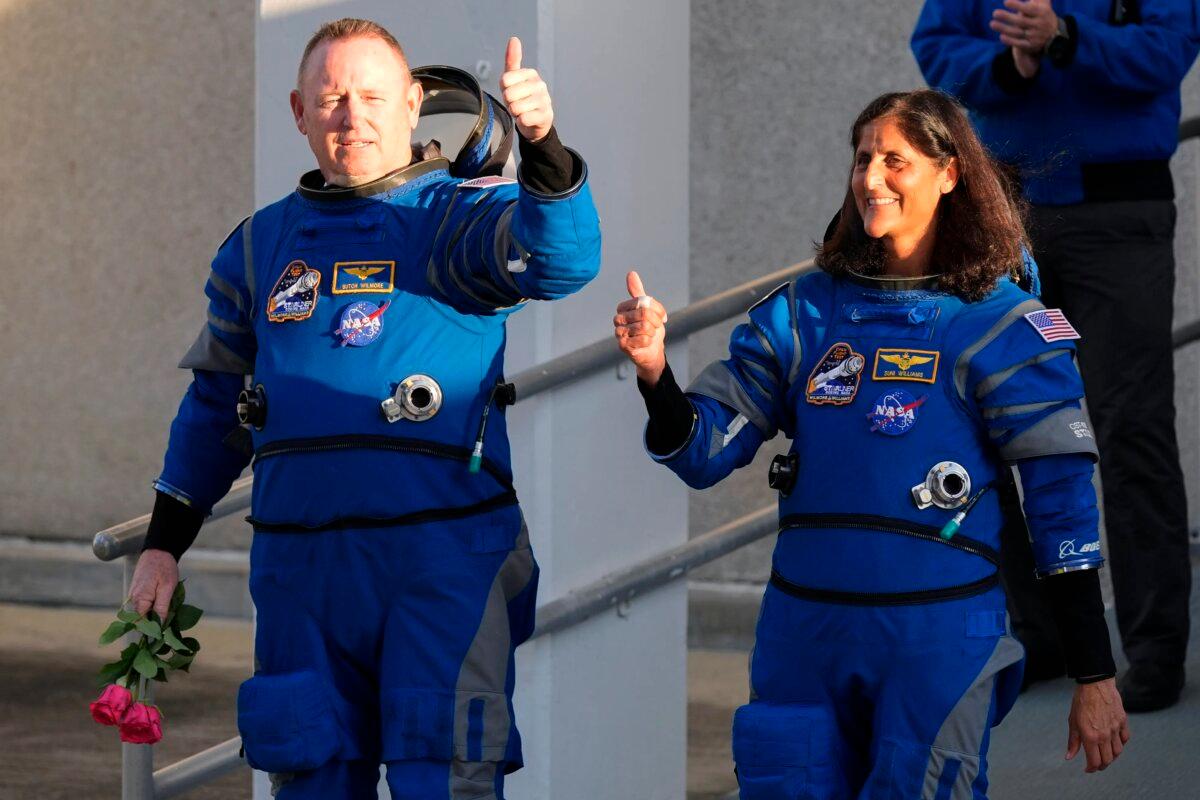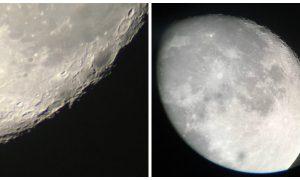Possible Valve Malfunction Forces NASA Boeing Crew Flight Test to Be Scrubbed
NASA’s Boeing Crew Flight Test to the International Space Station was canceled on Monday night due to an oxygen relief valve malfunction on the United Launch Alliance Atlas V rocket Centaur second stage during preflight checks.
In a blog post, NASA announced that the mission would be postponed until at least Friday for further testing and possible replacement of the valve.
Astronauts Barry “Butch” Wilmore and Suni Williams were preparing for launch when they were informed of the cancellation.

NASA’s blog stated that the astronauts returned to their quarters to await a solution to the issue.
The rescheduled launch is set for 9 p.m. EDT on Friday pending a safe determination of the valve through data analysis.
If valve replacement is necessary, the rocket will need to undergo repairs at ULA’s Vertical Integration Facility, pushing the launch to Sunday or later in the week.
The valve malfunction has occurred before and was familiar to engineers. The pressure relief valve repeatedly opened and closed in an attempt to seal itself, creating a humming noise audible from the launch pad.
Previously, for unmanned satellite missions, a workaround resolved the issue, but for a manned mission, the procedure differs.
“What you would typically do is activate a solenoid to close the valve by cycling it until it stops,” explained Tory Bruno, CEO of United Launch Alliance. “After the crew was removed, we cycled the valve, and the buzzing ceased.
“For a satellite launch, this is our standard procedure, and the satellite would already be in orbit,” Mr. Bruno added. “However, this changes the status of the fueled Centaur, and we do not perform this action in the presence of people. Hence, our flight protocols required us to scrub the launch and remove the crew before cycling the valve.”
The valve’s role is to maintain the appropriate pressure in the liquid oxygen tank by operating safely for 200,000 cycles of opening and closing.
Engineers must determine the number of times the valve has cycled and assess its suitability for the launch.
“I assured Butch and Suni of an uneventful evening,” Mr. Bruno remarked at a press conference. “I did not anticipate it to be this uneventful, but we will adhere to our guidelines and prioritize the safety of the crew.”
The Starliner is Boeing’s response to SpaceX’s Crew Dragon, which has successfully transported 50 astronauts and civilians to orbit and completed 12 missions to the space station.
NASA is supporting both programs to serve as backups for one another, ensuring access to the space station even if one is grounded.
The Atlas V has completed 99 missions safely, earning it the title of “an extremely dependable rocket with a flawless launch history.” It can place the Starliner into a preliminary orbit in just 15 minutes.
The test flight aims to validate the Starliner’s ability to dock with the space station and test the capsule’s manual controls for the return journey to Earth.
Wilmore and Williams will spend slightly over a week with NASA astronauts and cosmonauts on the space station before returning. A successful test flight will result in certification for routine crew rotation missions to the space station annually.





